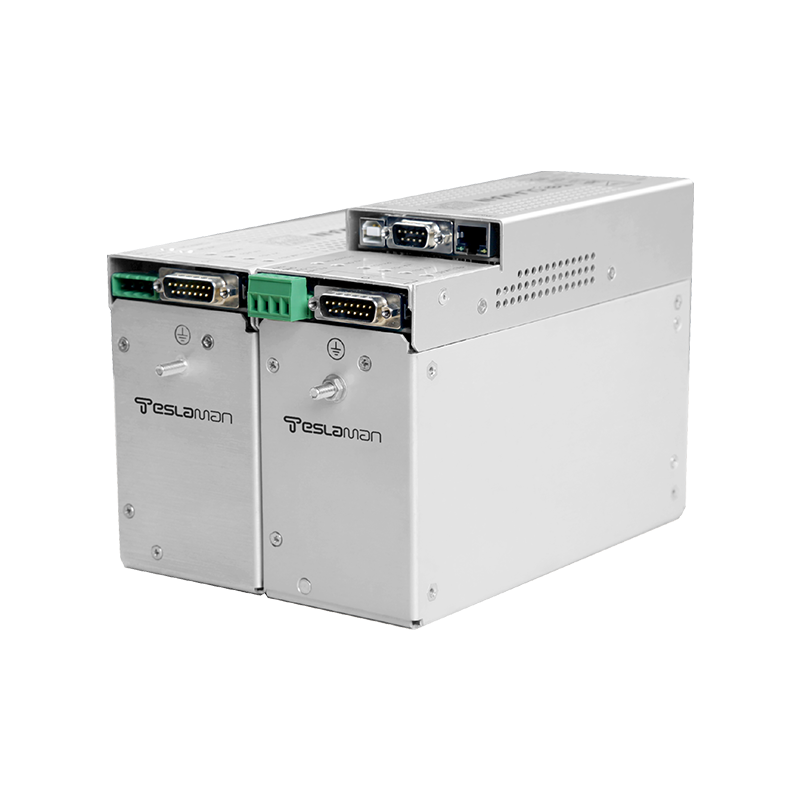Circuit Topology and Application Analysis of Bipolar High Voltage Power Supply
1. Classification of Circuit Topologies and Technical Characteristics
The core of bipolar high-voltage power supplies lies in achieving rapid polarity reversal capability, requiring circuit topologies that balance dynamic response speed, energy conversion efficiency, and output stability. Three mainstream topologies dominate:
1. Bipolar Full-Bridge Inverter Topology
Utilizing two reverse-parallel full-bridge inverter circuits with high-frequency transformers, this structure achieves polarity switching within microseconds. Its 85% energy recovery efficiency makes it ideal for particle accelerator applications requiring high-frequency polarity reversal.
2. Push-Pull Symmetric Topology
Dual symmetric push-pull circuits drive step-up transformers through switch timing control. With output ripple below 0.05%, this topology excels in medical devices like ablation systems, ensuring precision therapeutic outcomes.
3. Cascaded Multilevel Topology
Series-connected H-bridge modules combined with capacitor charge redistribution enable kilovolt-level polarity switching. Modular design enhances voltage slew rate to 10kV/μs while reducing EMI by 30%, proving effective in industrial testing equipment.
2. Key Technical Challenges and Solutions
1. Dynamic Charge Balancing
Transient voltage overshoot during polarity switching can be mitigated using adaptive charge compensation algorithms. For insulation testing, real-time parasitic capacitance monitoring reduces voltage fluctuations to ±0.5%.
2. High-Frequency Isolation
Planar transformers with nanocrystalline cores boost power density to 50W/cm³ while cutting leakage inductance to 15% of conventional designs, addressing efficiency loss at MHz frequencies.
3. EMC Optimization
Multilayer shielding and gradient impedance networks suppress radiation noise by 40dB. An X-ray power supply prototype demonstrated compliance with CISPR 32 Class B standards.
3. Application Scenarios
1. Material Surface Modification
Alternating-polarity plasma deposition enhances coating adhesion by 20%, achieving 15GPa nano-hardness at 500Hz switching frequency—32% higher than DC modes.
2. Bioelectric Stimulation
Bipolar pulsed fields improve tumor treatment efficacy, with 1kHz switching tripling cell membrane perforation efficiency while limiting thermal damage to 50μm in animal trials.
3. Precision Instrumentation
Multilevel topology with digital closed-loop control achieves 2ms settling time and 10ppm/℃ stability for SEM stage biasing, enabling nanometer-scale resolution.
4. Future Trends
Advancements will focus on high-frequency operation (targeting 10MHz), full-digital FPGA control, and modular reconfigurable designs. Simulations suggest GaN devices with 3D packaging could exceed 95% efficiency while reducing volume to 20% of current systems.




















